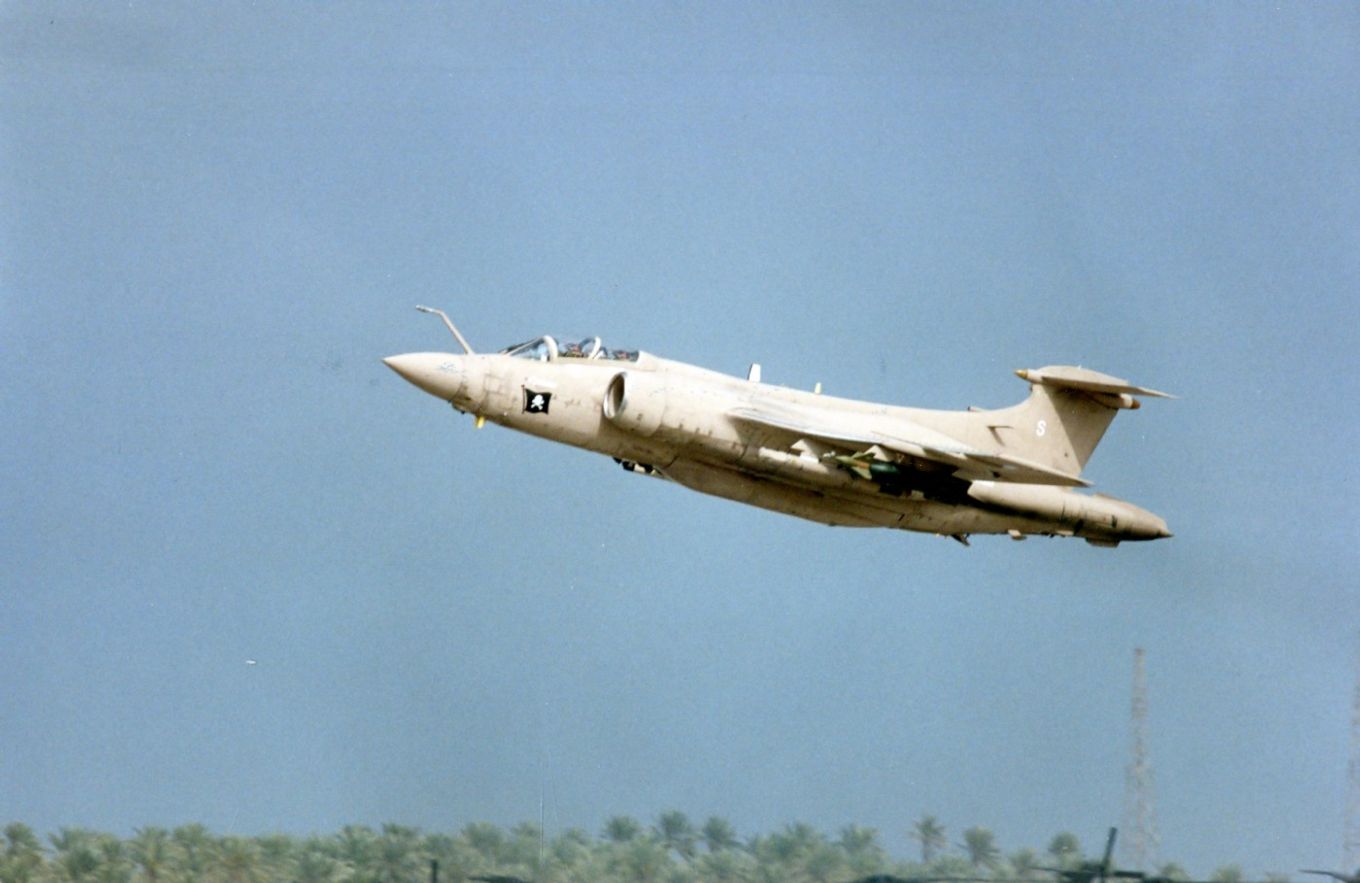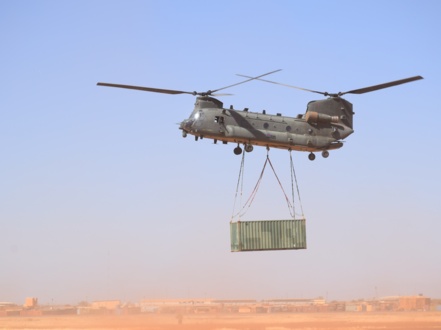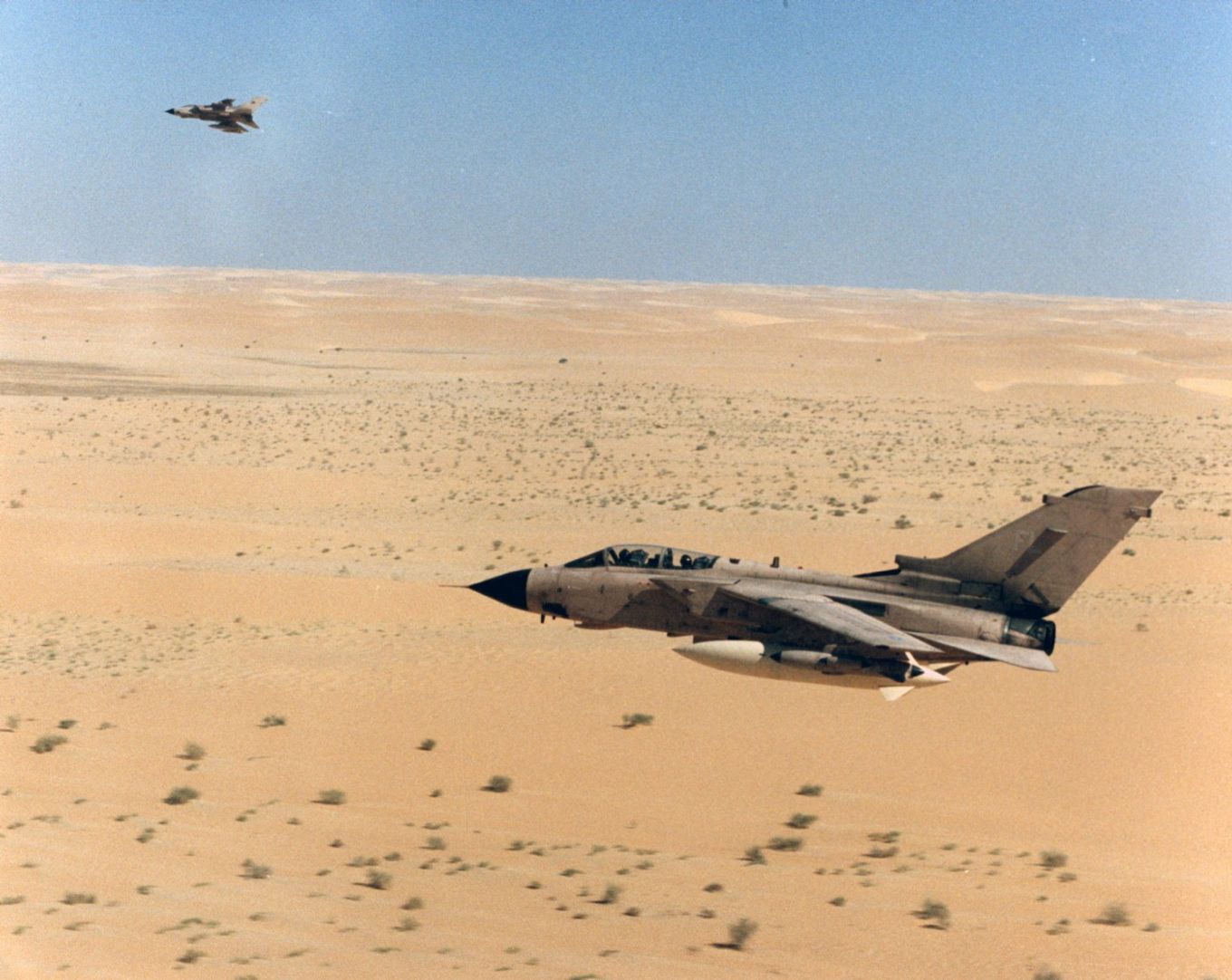
The 17th January marks the 30th anniversary of the first British air strikes carried out by RAF Tornados against the Iraqi Air Force as part of the US led Multi-national Coalition’s actions to liberate Kuwait following the Iraqi invasion on 2nd August 1990.
The air campaign was to last for 43 days until the ceasefire on 28th February. The Coalition fielded 2,300 aircraft with the British contribution to the strike force comprising RAF Tornado, Jaguar, and Buccaneer aircraft. The first objective was to destroy the Iraqi Air Force (IAF) air defence capability and its ability to launch fighters. This ensured Allied air supremacy, and the disruption Iraqi command and control systems. On 24th February, with the IAF immobilised, the attention turned to supporting the short ground offensive.
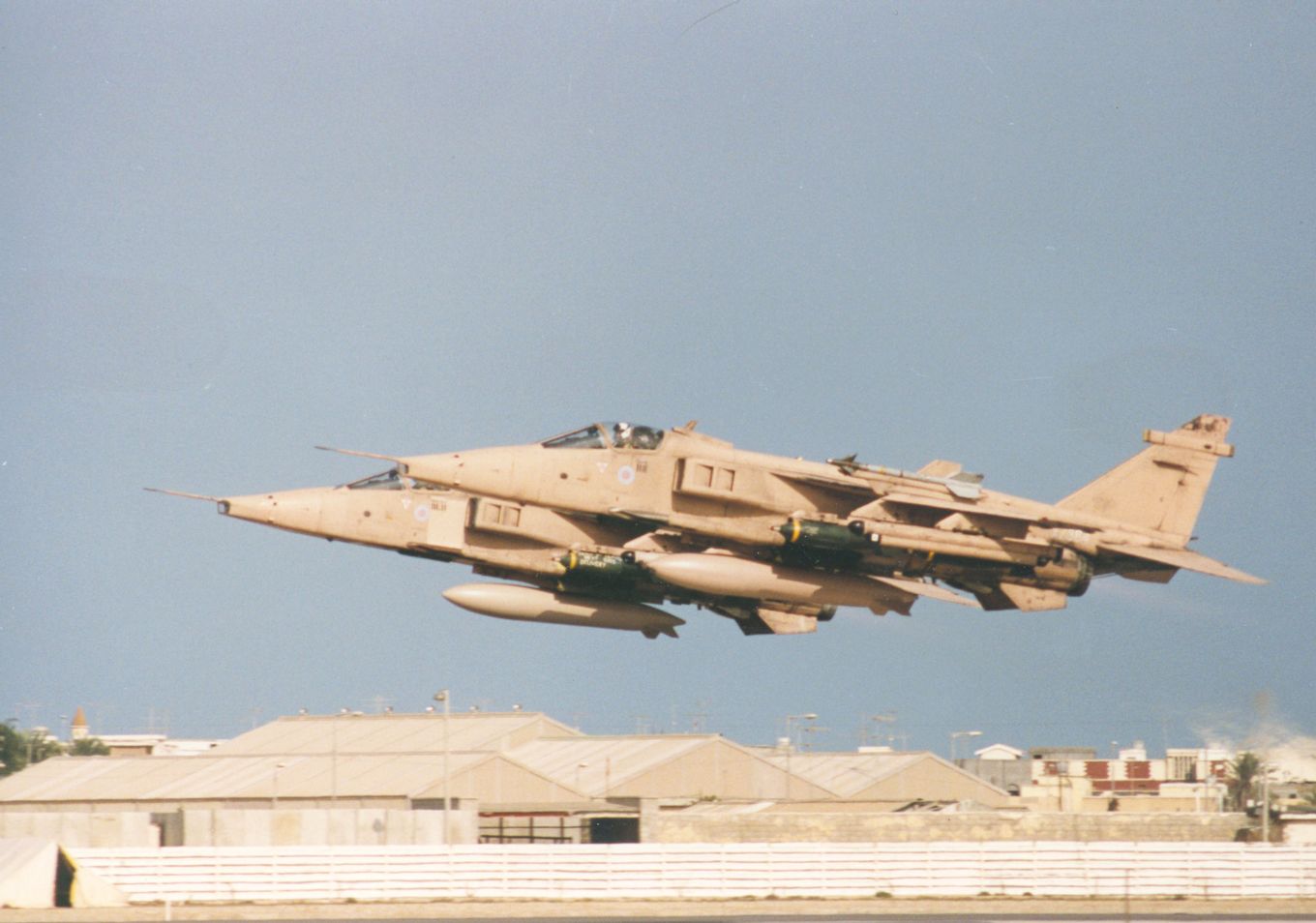
“The operation was of great significance in the evolution of the RAF’s mindset, culture, and capabilities. It marked a shift from an exclusive Cold War focus to an adaptable, global outlook.
“From 1991, we found ourselves increasingly operating away from home bases, and our people became past masters at taking the austere strip and turning it into a fully capable deployed hub. Our tactics evolved; our levels of precision took a quantum leap, and frequent participation on new operations became an expected certainty for the whole force.”
Group Captain Andrew Hetterley
Director of Defence Studies (RAF), Defence Academy of the UK
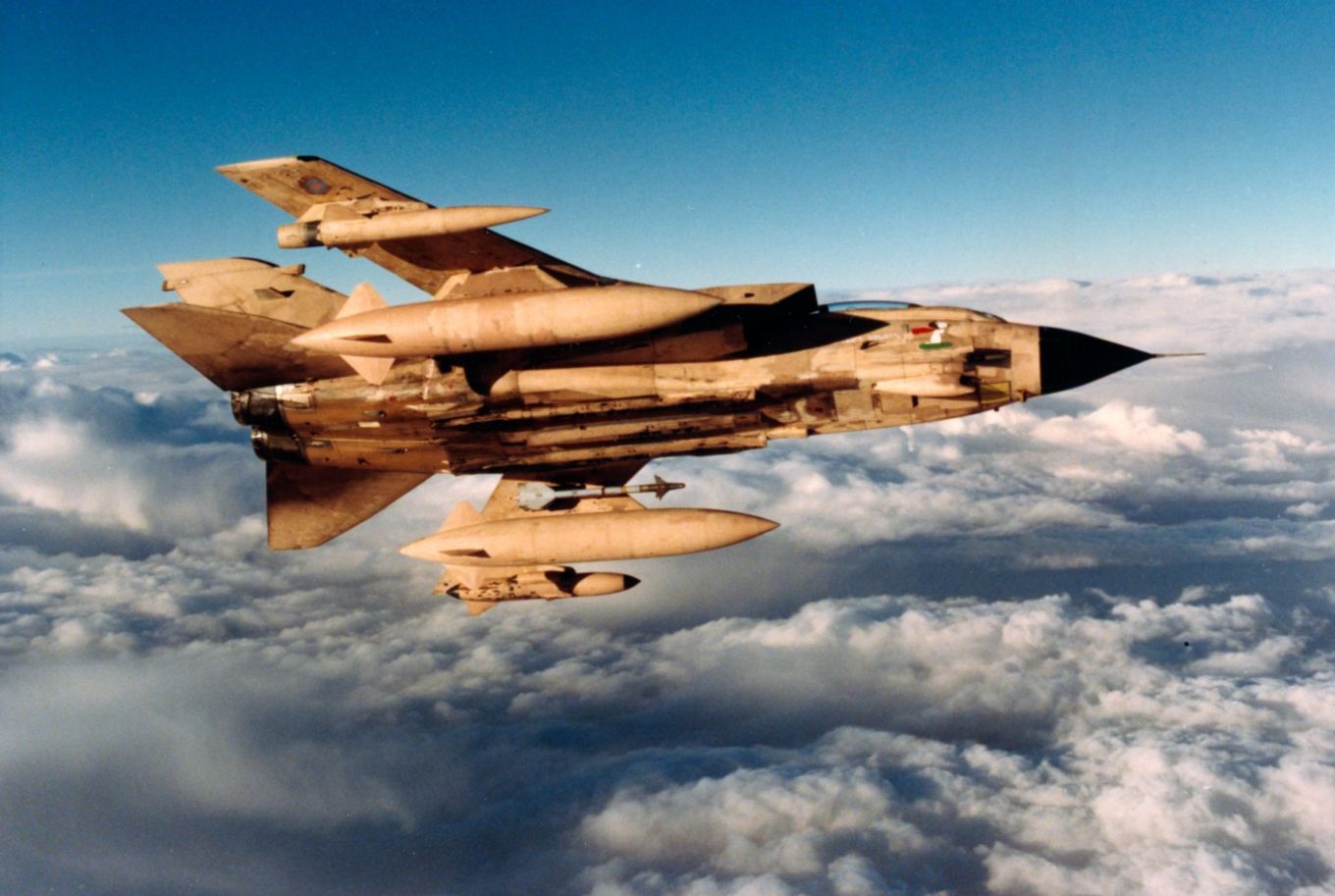
The British military contribution to the Allied Coalition to remove the Iraqis from Kuwait was codenamed Operation Granby. The UK’s contribution to the coalition saw 53,462 members of the Armed Forces deployed to the Middle East. In August 1990, the first RAF aircraft arrived in Saudi Arabia alongside the United States Air Force just nine days after the invasion of Kuwait. Over 2,000 sorties were carried out by the RAF between 2nd August 1990 and 16th January 1991 to limit further Iraqi expansion.
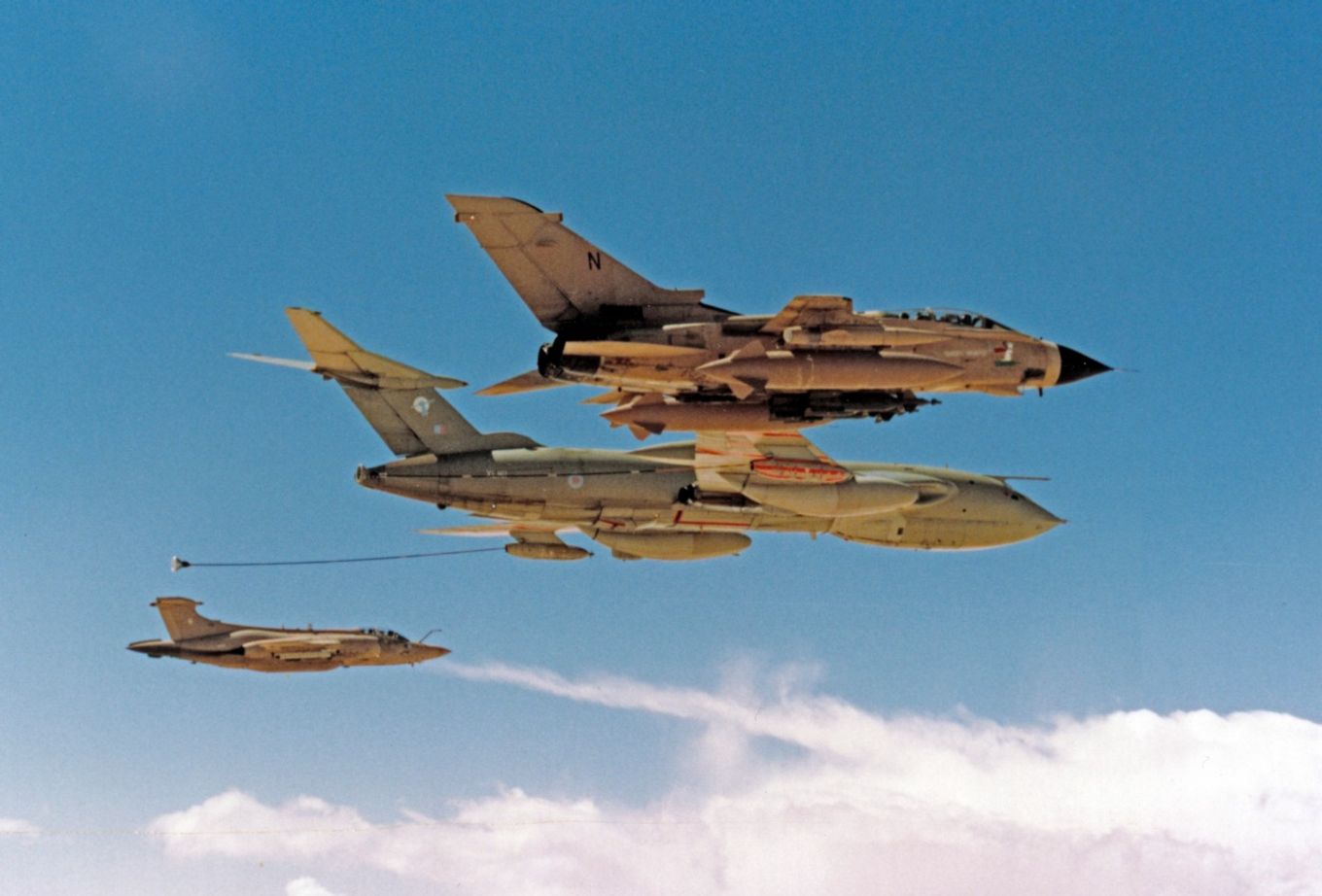
Two days after the 15th January 1991 deadline set by the UN Security council for the withdrawal of Iraqi troops from Kuwait elapsed, the first aerial bombing campaign was carried out by the Air Coalition. Within 24 hours, a hundred sorties had been completed by the RAF. After a week, the focus was moved to targets that related to the support and sustainment of Iraqi forces in Kuwait. These included oil refineries and strategic bridges over the Euphrates.
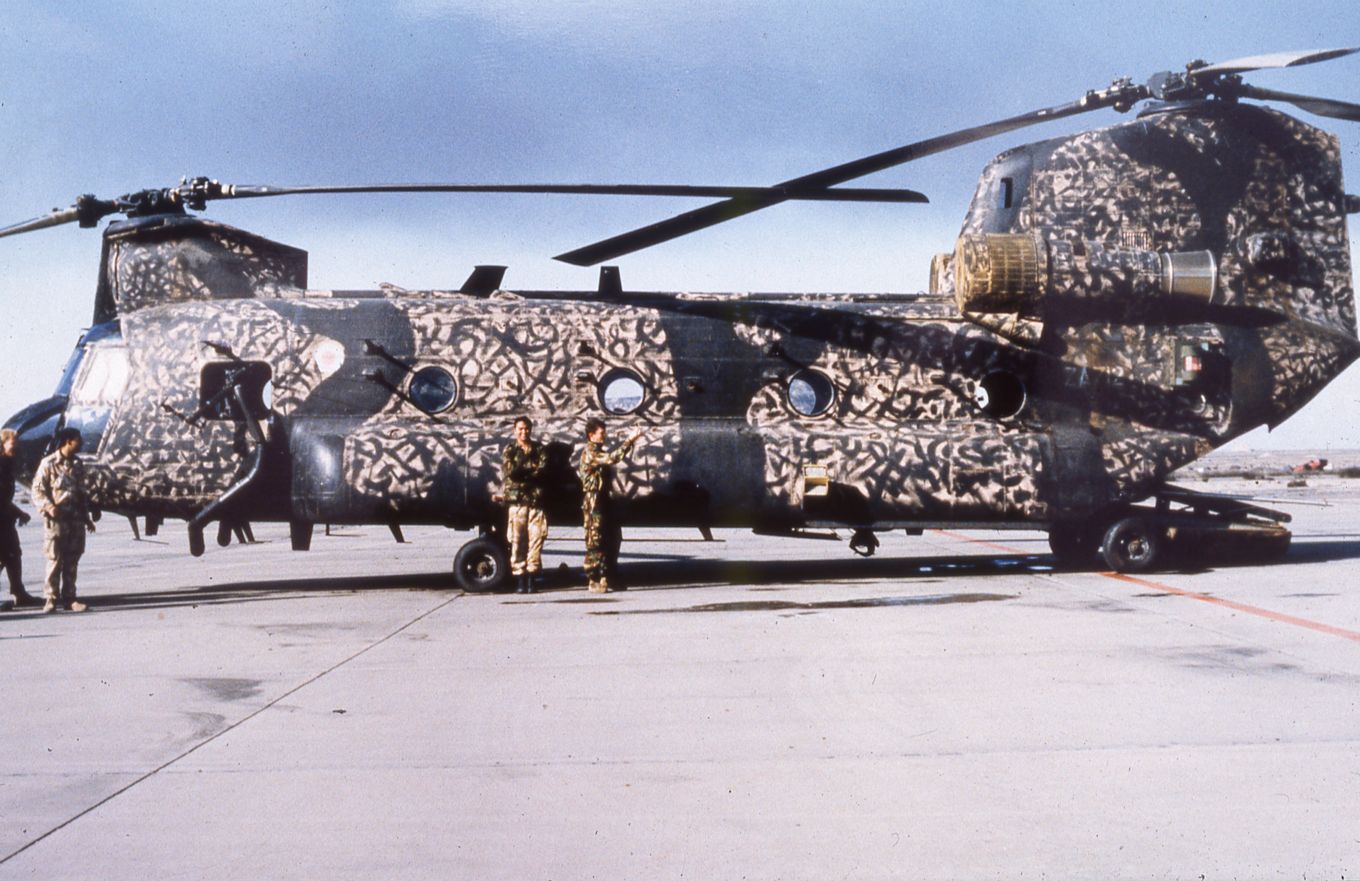
During the early phases of air campaign, RAF Chinooks and Pumas from the Helicopter Support Force conducted sorties to land British Special Forces behind Iraqi lines and in the aftermath of the conflict delivered food and aid to displaced refugees. Support was also provided by RAF Victor Tankers, Hercules, Tristar and VC10 supporting logistics for the RAF and other militaries as well as the Nimrod MR2 assisting Naval operations.
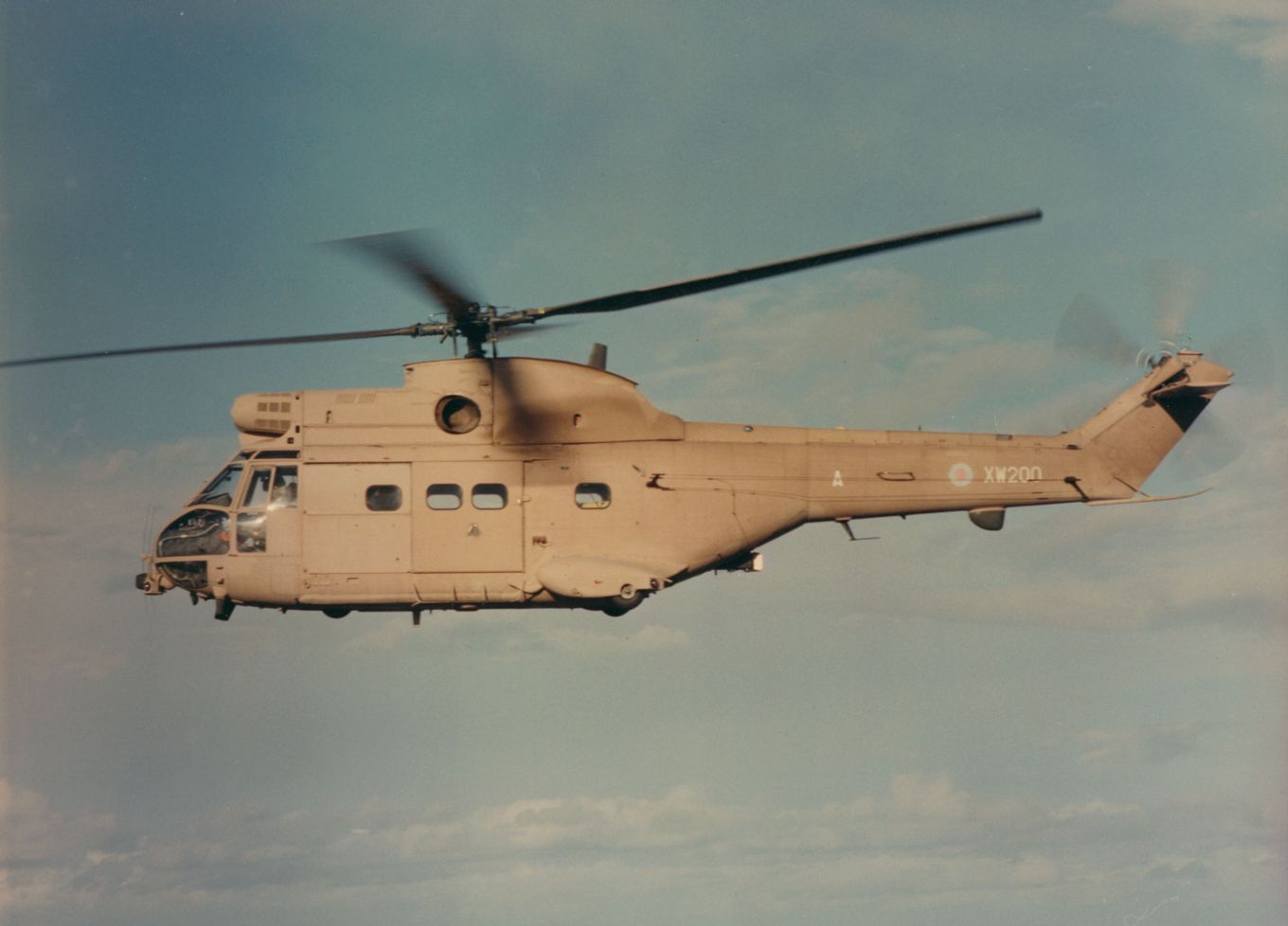
Throughout the campaign eight RAF Tornados were lost, five during operations and three during sorties prior to the 17th January Air offensive. A total of 47 British personnel were killed during the operation, five during the Air campaign.
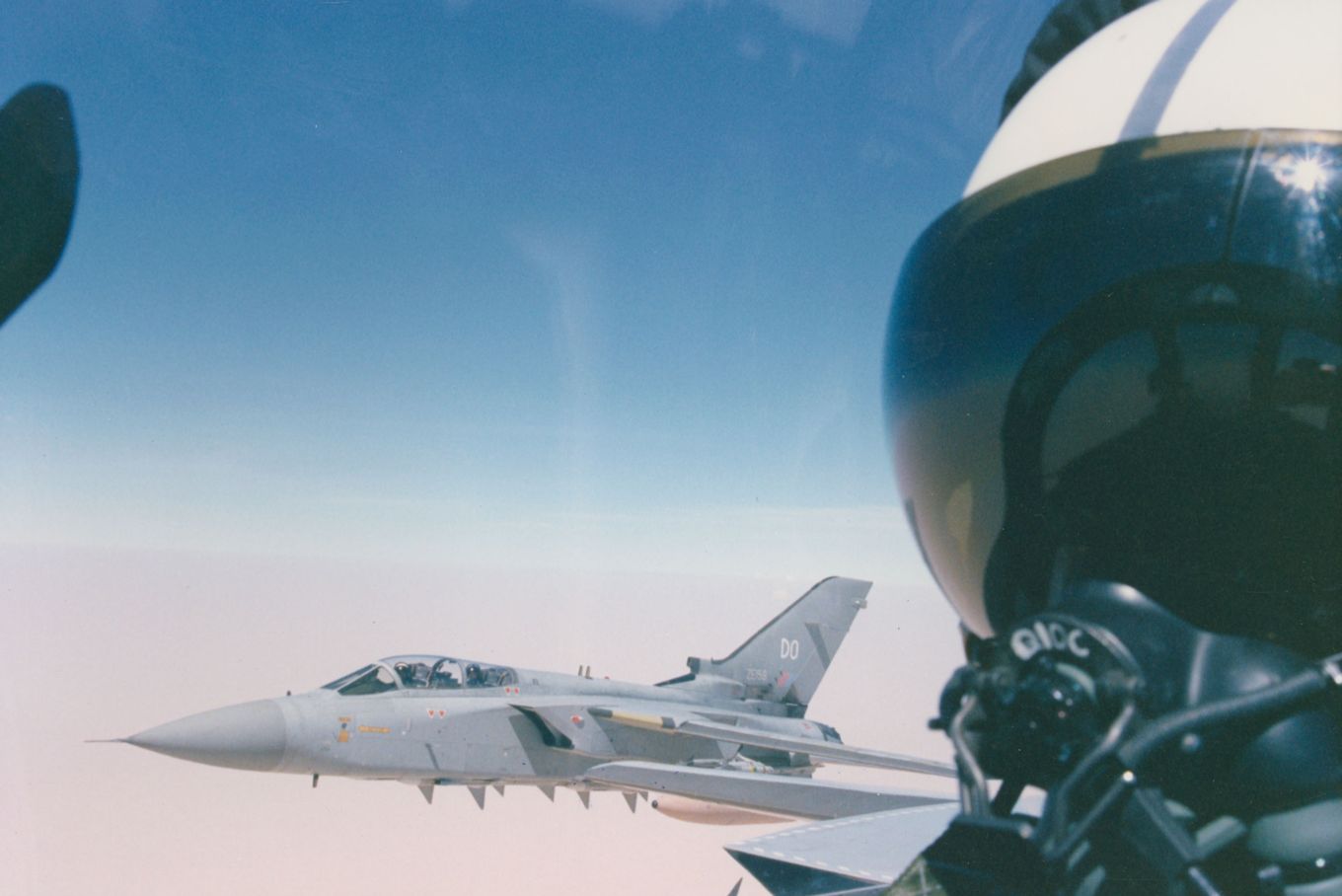
“For the employment of air power, Op Desert Storm was a major juncture for future operations. At the strategic level, the fundamental importance of coalitions was permanently underscored.
“Operationally, the age of precision, which had been quietly building, had now truly arrived. The need for control of the air had never been so clearly illustrated after the show case of new and emerging capabilities that are now the accepted core of our force. Moreover, the true potential of air power was laid bare in graphic detail at the dawn of the information age, we would never again fight away from the eyes of the world.”
Group Captain Andrew Hetterley
Director of Defence Studies (RAF), Defence Academy of the UK
